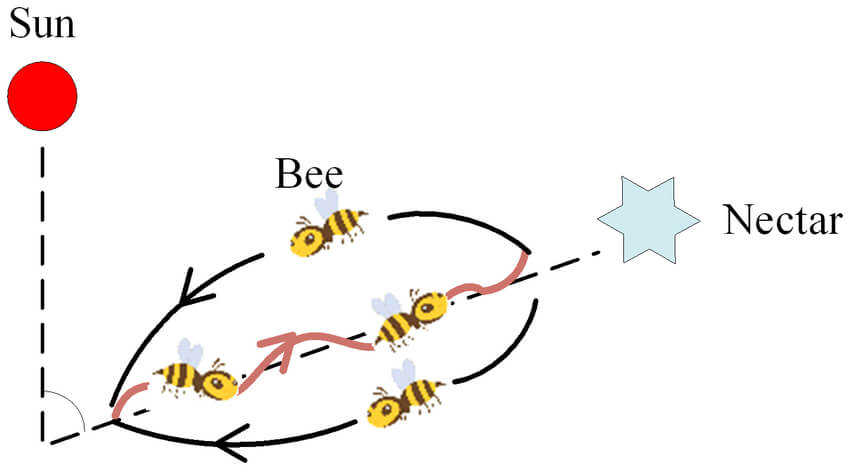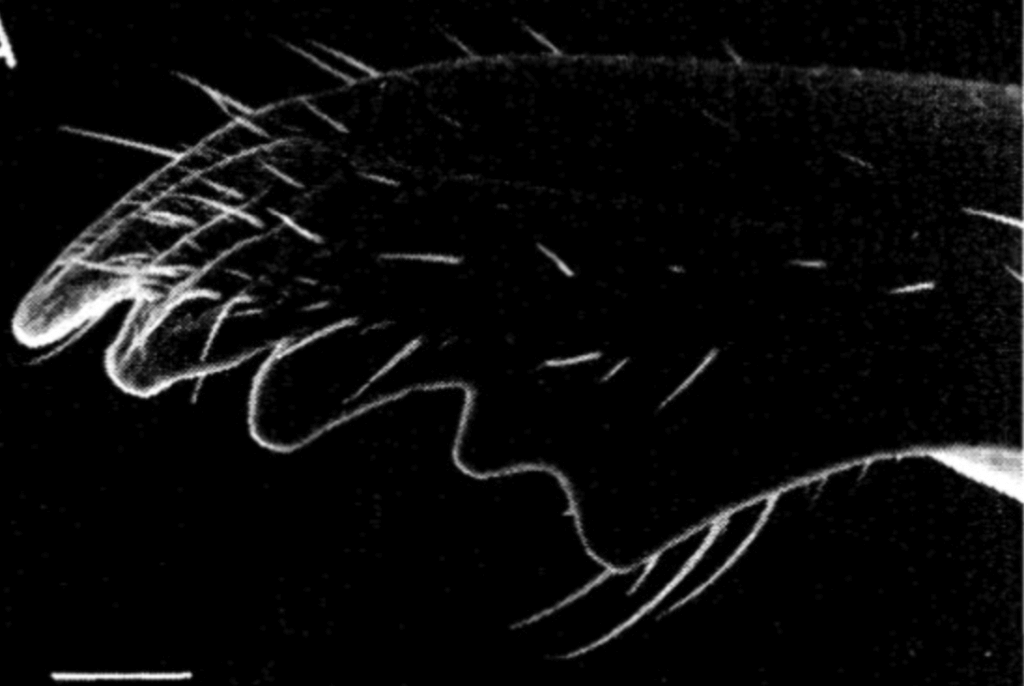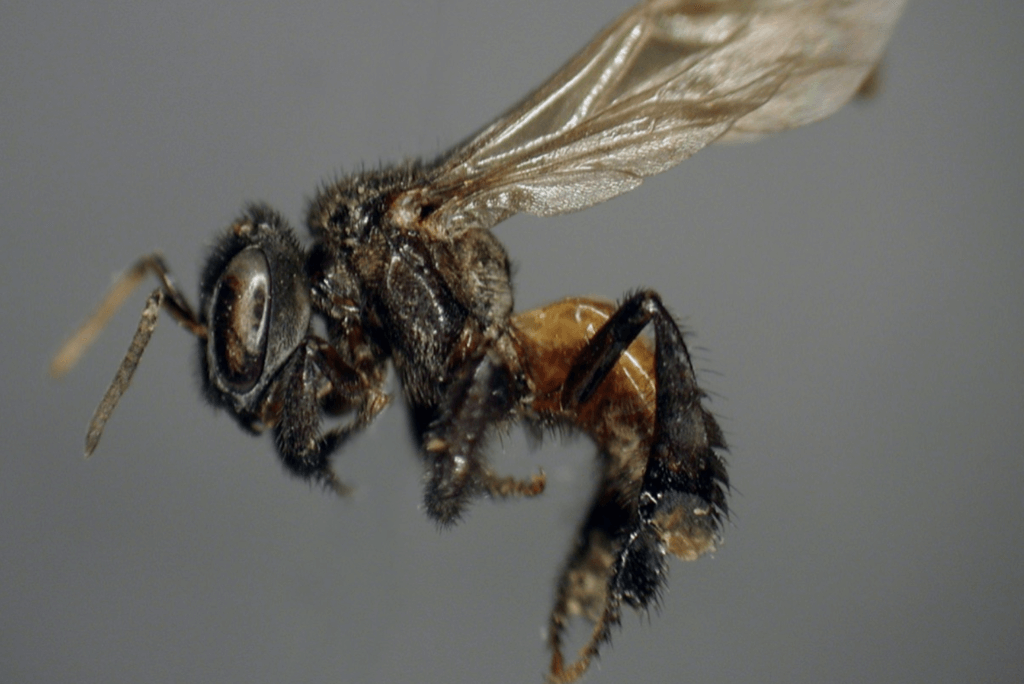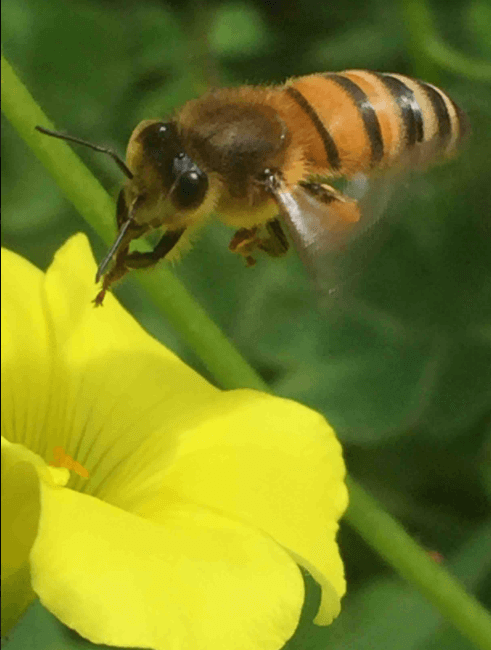MEXICO CITY – Our comrades, the bees, are intriguing wee creatures and vital to a healthy natural world.
Nobel laureate Karl von Frisch (1886-1982) was the first to discover that the elaborate language of honeybees revolves around complex dances. In addition to deciphering their communications, von Frisch was also able to train honeybees to arrive at feeding stations in three, four and five separate periods within 24 hours. The fact that bees possess a memory for time is astonishing.

Years later, my colleagues from the Smithsonian Tropical Research Institute in Panama showed that social bees have a bigger brain area for both learning and memory compared to solitary bees. And like people, bees show the effects of aging. For example, honeybees’ memories fade and their ability to learn decreases. One way we both can slow down aging is by getting restorative sleep.
Terrified Asian honeybees, just like us, other primates, birds and meerkats, shriek when faced with a life-threatening situation. When giant Asian hornets attack the hive, honeybees release a “rallying call for collective defence”. It eerily sounds like bloodcurdling human screams. When these colossal merciless hornets storm the colony, they feast on larvae, decapitate adult bees and feed severed body parts to their young.
Honeybees fight back by ganging up to form a cluster and smother the hornet by vibrating their wing muscles. Those collective vibrations generate an impressive temperature of 46C (115F) degrees, along with exhaled carbon dioxide, to cook the hornet in 30 minutes.
The bee world is not only fraught with brutality, but also a penchant for flesh. Three neotropical species of stingless bees (Trigona hypogea, T. crassipes, T. necrophages) have acid-loving bacteria in their guts enabling these social bees to extract protein from meat rather than plant pollen. However, they too, rely upon nectar from flowers to make honey, adult food. Inadvertently, in their search for flowers, these hairy stingless bees also electrostatically transfer pollen from one flower to another (cross-pollination).
Voracious “vulture” bees consume flesh of carrion on-site and store a kind of “meat slurry” in their crop (pouch beneath tongue), to bring back to the hive. That slurry is passed to receiver bees and stored in special waxen pots for a couple weeks while the meat tenderises. Once it has undergone its metabolic conversion, nurse bees mix that protein with honey and feed it to the developing larvae.

Vulture bees are well adapted to their carnivorous role. They lack corbicula, or pollen baskets on their hind legs. Instead, they have five large specialised pointed teeth that tear flesh. Although these peculiar pollinators are stingless their formidable bites secrete substances that inflict painful blisters and festering sores. Honey hunters beware!

Before the explosion of the consumptive human population there were many animals within the rainforests of Central and South America, the Mexican lowlands and the Caribbean islands. More decomposers, like the effective vulture bees, evolved to quickly circulate carrion nutrients and sustain these breathtaking biodiverse tropical temples. These unusual bees marvelously fulfil two of the three fundamental roles in nature’s pyramid. They are producers, or, pollinators, and decomposers.
Hale our incomparable sistren, the bees!
Agitate. Disrupt. Defend.
#BanNeonics
#BeeKind
#GoVegan
#PlantBasedDiets
#ConsumeLess
#WalkMore
#SupportLocalGrowers
#RefusePlastics
#PlantFoodBearingTrees
#OnlyUseFarmedWood
#GoHemp
#GenZEmergency

Reese Halter is a bees/trees/seas defender.
His latest book is GenZ Emergency.
Email: HalterBooks@gmail.com for your autographed copy.
In Australia, order from the Bob Brown Foundation by emailing: Contact@BobBrown.org.au
















